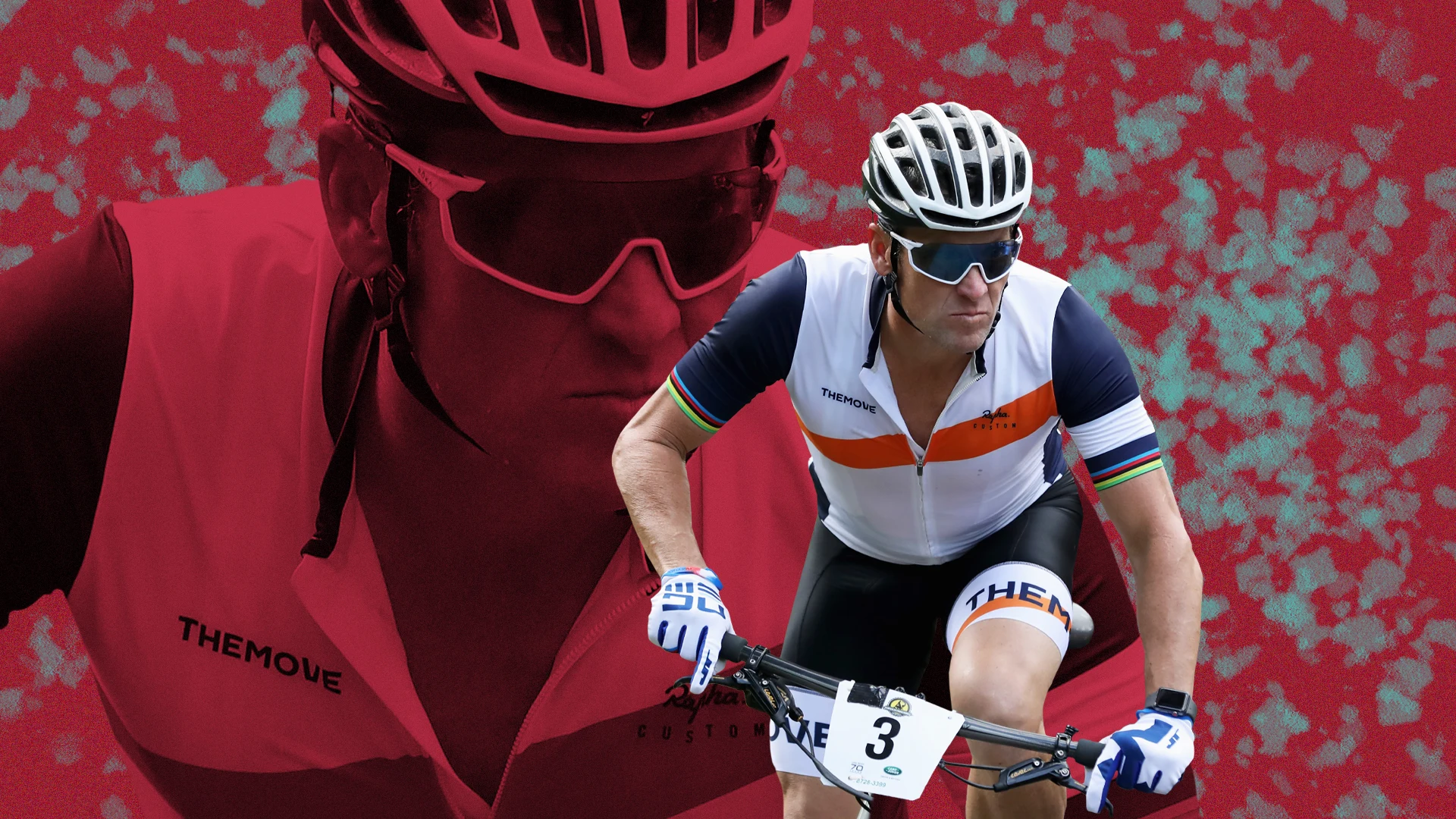
In the shadow of the towering French Pyrenees, where cyclists push their limits and legends are born, one name still echoes in the hearts and minds of many: Lance Armstrong. Decades have passed since his final Tour de France victory, yet among this storied region’s peaks, cirques, and winding roads, the greeting call to an American cyclist may always be “Armstrong!” This haunting refrain underscores a lingering truth—Lance Armstrong, despite his fall from grace, continues to reign supreme in the eyes of many cycling enthusiasts.
A Divisive Champion
Armstrong’s career, marked by seven consecutive Tour de France victories from 1999 to 2005, made him a symbol of endurance and triumph over adversity. Having fought his way back to the sport after battling testicular cancer, Armstrong became a global icon. His image, clad in the signature yellow jersey, defined cycling in the late 1990s and early 2000s. Yet, as his victories mounted, so too did whispers of doping, rumours that would eventually unravel his career and tarnish his legacy.
In 2012, the United States Anti-Doping Agency (USADA) handed down a lifetime ban, stripping him of his titles and leaving a void in cycling’s record books. For many, this was the end of Armstrong’s reign—his name was a symbol of the sport’s darkest days. But even in disgrace, Armstrong’s legacy has proven remarkably resilient.
The Pyrenees: A Sacred Ground for Armstrong Fans
Despite being stripped of his titles, Armstrong’s name continues to stir excitement, particularly in the Pyrenees, where his dominance was most pronounced. These mountains were his proving ground, the place where he shattered rivals and solidified his reputation as a climbing specialist.
Climbing fans and casual riders alike still speak of Armstrong with awe, their conversations peppered with references to his legendary attacks on the Col du Tourmalet or his iconic moment when he dusted Jan Ullrich on Luz Ardiden in 2003. Armstrong’s sheer presence on these slopes was larger than life, and for many, his feats in these mountains are inseparable from the very identity of the Tour de France.
Local tour guides and shop owners in the Pyrenees, who have witnessed generations of cyclists come and go, say Armstrong’s name is still one of the most frequently mentioned by tourists. “Americans especially love him,” says a cycling guide in Bagnères-de-Bigorre. “They come here wanting to ride the same roads he conquered. To them, he’s still the King.”
The Moral Dilemma of Admiration
Armstrong’s enduring appeal presents a moral quandary for the sport. Is it possible to celebrate the athletic achievements of a man who cheated to win? For some, the answer is a definitive no. Critics argue that Armstrong’s doping scandal tainted not only his victories but also the sport of cycling itself. The years of deception, denial, and intimidation—particularly against those who dared to expose the truth—left many feeling betrayed.
Yet, the conversation surrounding Armstrong is far from black and white. To some, his story transcends his misdeeds. Armstrong’s fierce resilience, his fight against cancer, and his unmatched mental toughness still resonate deeply with fans. His work through the Livestrong Foundation raised millions for cancer research, a fact often cited by those who continue to support him.
Cycling historian John Wilcockson notes, “We can’t erase Lance’s impact on the sport. What he did was wrong, no doubt. But his influence was monumental, not just in terms of victories, but in how he inspired people, especially outside the cycling world.”
A Legacy That Refuses to Fade
What Armstrong did on a bike is still the stuff of legend, and for some, his athletic prowess can be separated from his moral failings. In an era when many top riders were later revealed to have been doping, Armstrong’s dominance remains particularly iconic. It wasn’t simply that he won—it was how he won, how he crushed his rivals, and how he commanded the race with unrivalled intensity.
Even his fiercest critics must admit that Armstrong’s name remains intertwined with the Tour de France, for better or worse. His return in 2009, years after his retirement, demonstrated his staying power. Though he didn’t win, finishing third in that year’s Tour sent a clear message: Armstrong wasn’t done yet.
Today, cycling is a sport seeking redemption. In recent years, the UCI (Union Cycliste Internationale) has taken significant steps to improve anti-doping efforts, aiming to cleanse the sport of its murky past. Riders like Chris Froome, Tadej Pogačar, and Jonas Vingegaard have written new chapters in the Tour’s history. But Armstrong’s presence looms large, a reminder of the sport’s most controversial era and the undeniable magnetism of its former king.
The King of Cyclists, Still?
Armstrong’s detractors may never forgive him, and his critics have valid points. But for those who journey to the French Pyrenees and retrace his steps, his legacy as one of the greatest athletes to ever compete remains strong. Whether viewed as a tragic figure, a villain, or an inspiration, Armstrong’s grip on the imagination of the cycling world is hard to shake.
In cycling’s Hall of Fame, the lines between heroism and villainy blur. For many riders traversing the Pyrenean climbs, it’s Armstrong’s ghost that still sets the pace, his triumphs remembered with a mix of awe and controversy. As long as people continue to speak his name in reverence on these hallowed roads, Lance Armstrong may forever reign as the King of Cyclists, despite—or perhaps because of—the controversy that surrounds him.
In the end, it’s a legacy that defies simple judgment, a reign marked by incredible highs and profound lows, and one that refuses to be forgotten.
Leave a Reply